It is a matter of pride for us to be actively contributing to India’s railway modernization.
The Indian railway sector is undergoing a significant transformation, driven by the government’s initiatives to modernize and enhance both urban and mainline transport.
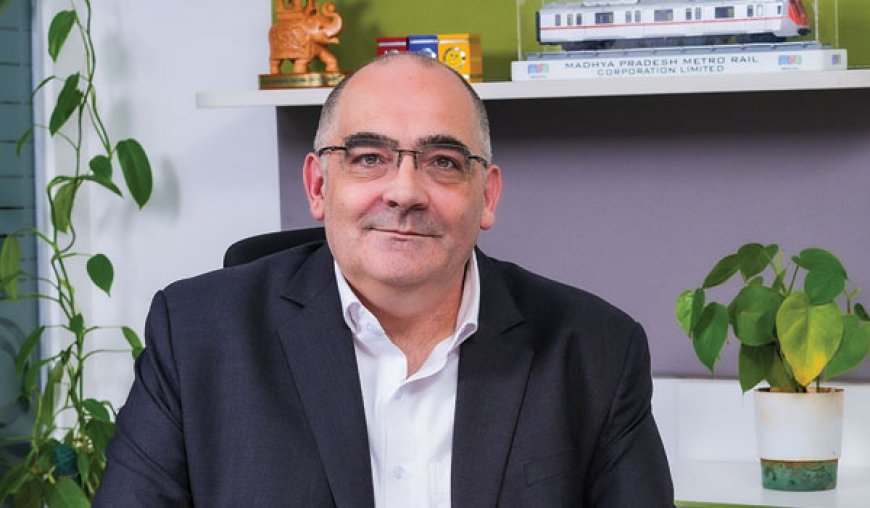
What are the latest developments in Indian railway sector? How is the company contributing to the modernization of railways?
The Indian railway sector is undergoing a significant transformation, driven by the government’s initiatives to modernize and enhance both urban and mainline transport. We are passionately working with Delhi, Chennai, Mumbai, Bengaluru, Kanpur, Agra, Indore, Bhopal and Kochi metro to name a few, on not just ongoing projects but also defining the new era in urban rail mobility in the cities. Almost every metro in India today has something of Alstom in it, and we have a strong outlook in the urban rail space moving forward as well. We remain committed to further support the metro rail presence in newer cities such as Bhubaneshwar, Patna, Nashik, Visakhapatnam, and many more. This, combined with our work with NCRTC and Indian Railways is helping transform and modernise the regional and mainline rail mobility alongside urban with NaMo Bharat, WAG 12B e-locos, Dedicated Freight Corridors (DFC) and much more. Our deep engagement with the Indian Railways to supply the most powerful electric locomotives, the WAG 12B combined with our DFC work reflects our commitment to support the government in its electrification vision. We recently also bagged the order to supply traction components and other electrical equipment for the Vande Bharat sleeper trains, in addition to some of our ongoing collaborations in this space.
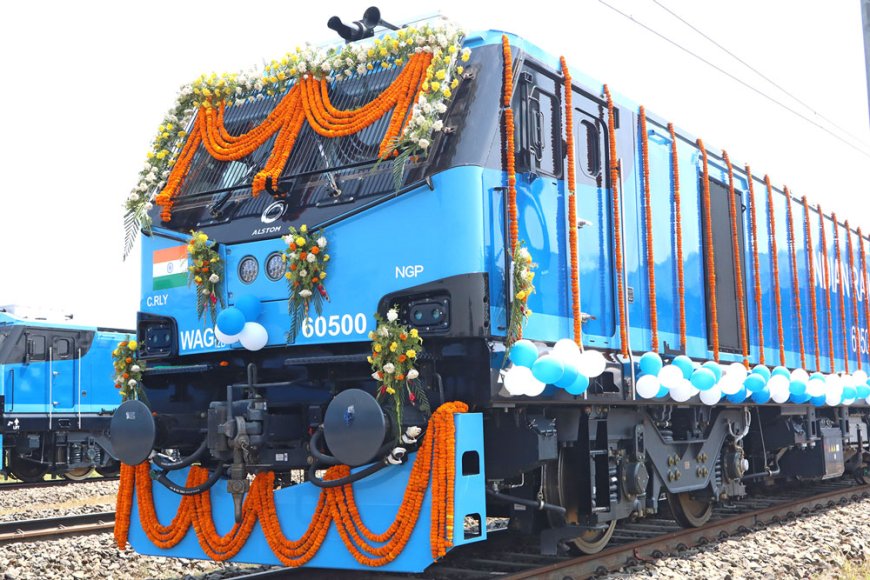 It is a matter of pride for us to be actively contributing to India’s railway modernization given our extensive local presence with six manufacturing sites, five engineering centers, and a workforce exceeding 12,600. Our strong backlog in India continues to support the country’s rail modernization plans and we are actively engaging with the government on the opportunities to come.
It is a matter of pride for us to be actively contributing to India’s railway modernization given our extensive local presence with six manufacturing sites, five engineering centers, and a workforce exceeding 12,600. Our strong backlog in India continues to support the country’s rail modernization plans and we are actively engaging with the government on the opportunities to come.
How do you look at the advancements in the metro rail segment? What are the innovations from the company for metro services?
Advancements in India’s metro rail segment are essential for building sustainable, climate-resilient cities. Automation, digitization, and advanced signalling technologies improve metro efficiency, reliability, and safety, encouraging greater public use of these transport systems.
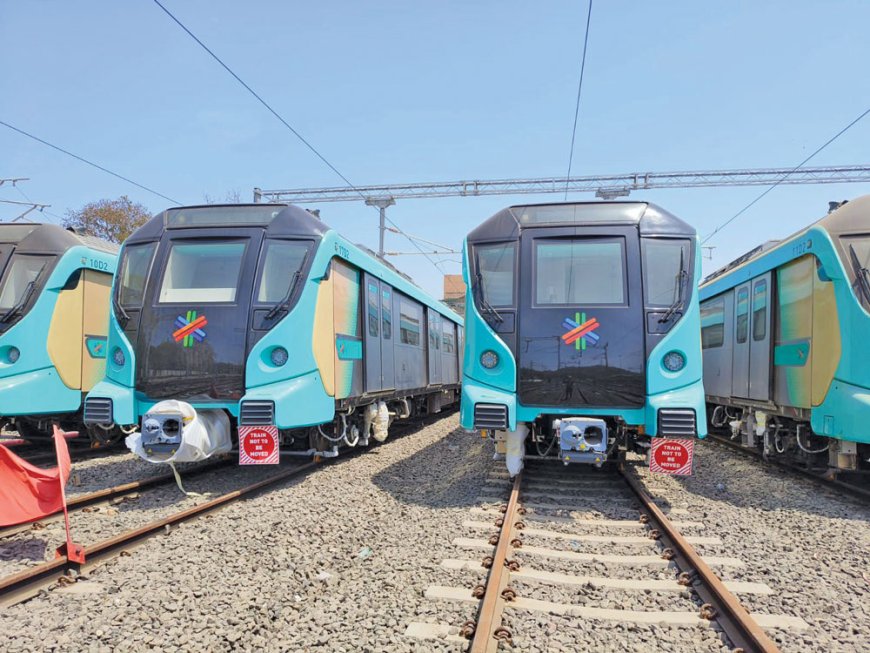 Alstom is integral to this evolution, contributing to nearly every metro project in India with rolling stock, components, signalling, services, and maintenance. We are building and delivering Chennai Metro’s driverless train for its Phase II operations, equipped with Automatic Train Operation and Protection systems. These GOA4-grade trains facilitate Unattended Train Operations (UTO). We are also providing advanced CBTC signalling for Mumbai Metro’s Aqua Line. In Bengaluru, our CBTC systems will reduce the travel time by half, supported by the Urbalis Vision™ platform for real-time traffic management. The Namo Bharat project, India’s first semi-high-speed regional rail service, marked the world debut of Alstom's ETCS Level 3 signalling, enhancing safety, interoperability, and efficiency. These are just some examples of how we are delivering product and technological innovation that are made in India for Indian projects.
Alstom is integral to this evolution, contributing to nearly every metro project in India with rolling stock, components, signalling, services, and maintenance. We are building and delivering Chennai Metro’s driverless train for its Phase II operations, equipped with Automatic Train Operation and Protection systems. These GOA4-grade trains facilitate Unattended Train Operations (UTO). We are also providing advanced CBTC signalling for Mumbai Metro’s Aqua Line. In Bengaluru, our CBTC systems will reduce the travel time by half, supported by the Urbalis Vision™ platform for real-time traffic management. The Namo Bharat project, India’s first semi-high-speed regional rail service, marked the world debut of Alstom's ETCS Level 3 signalling, enhancing safety, interoperability, and efficiency. These are just some examples of how we are delivering product and technological innovation that are made in India for Indian projects.
How are Alstom’s electric engines and rolling stocks making an impact in railways?
Alstom's electric locomotives are modernizing Indian Railways, particularly in freight. The recent delivery of the 500th WAG 12B e-loco, as part of a larger 800-locomotive contract, marks a significant milestone. These 12,000 HP locomotives haul approximately 6,000-tonne rakes at 120 kph, enhancing speed and efficiency.
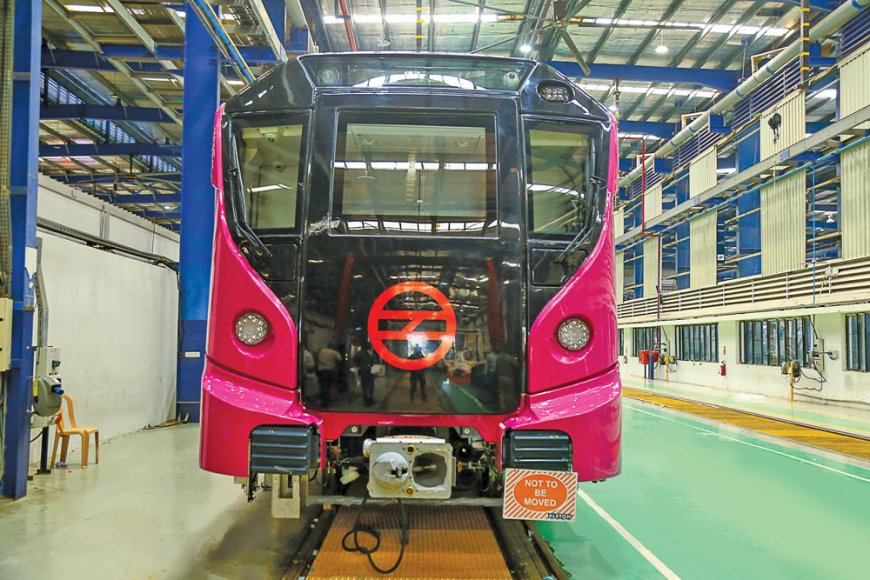 Manufactured in India with nearly 90% localization, they boost local manufacturing. Equipped with Insulated Gate Bipolar Transistor (IGBT) technology and regenerative braking, the engines save energy and reduce congestion. Emitting seven times less CO2 than trucks, these locomotives support Indian Railways' decarbonization goals and complement its 100% electrification initiative. They play a crucial role in transporting key commodities especially coal across India via DFC, they drive economic growth and support the "Make in India" initiative.
Manufactured in India with nearly 90% localization, they boost local manufacturing. Equipped with Insulated Gate Bipolar Transistor (IGBT) technology and regenerative braking, the engines save energy and reduce congestion. Emitting seven times less CO2 than trucks, these locomotives support Indian Railways' decarbonization goals and complement its 100% electrification initiative. They play a crucial role in transporting key commodities especially coal across India via DFC, they drive economic growth and support the "Make in India" initiative.
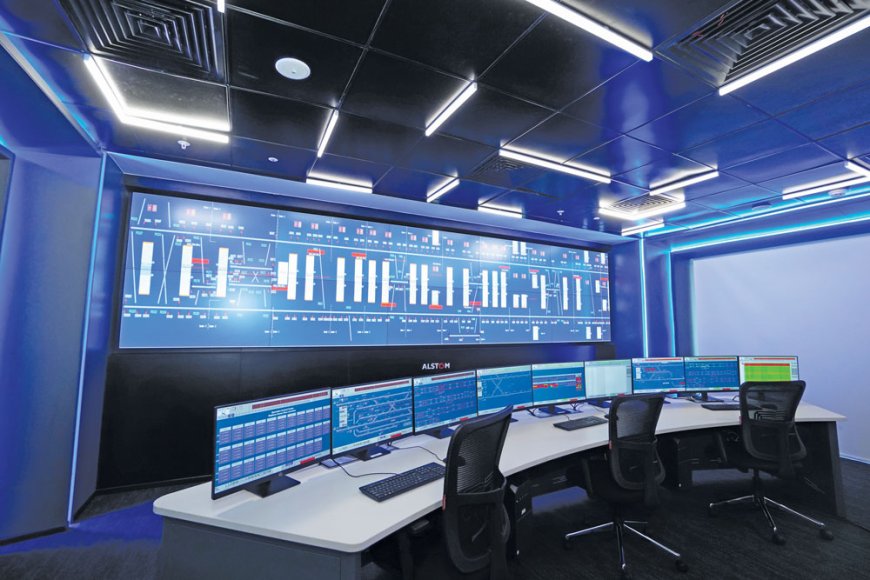 What are your future plans for the modernization and expansion of railways and metro systems and services?
What are your future plans for the modernization and expansion of railways and metro systems and services?
Alstom is and will continue to partner with our customers in India to achieve their rail modernization vision. We possess the requisite skills, experience and technology to help transform India’s rail solutions. This ranges from metros to regional rail to long distance passenger and freight rail needs. Our more than 40 years of experience in high speed is also noteworthy in today’s times as India is preparing to build high speed train networks for its citizens. Alongside this, we recognize that maintenance services as a crucial domain for asset longevity and reliability in India's modernizing railway ecosystem, our service offerings are a key element our future strategy. Predictive maintenance, for example, ensures optimal performance, safety, and protects significant investments.
At Alstom, India is also a global manufacturing and engineering hub, which is well in-line with the Viksit Bharat vision.







